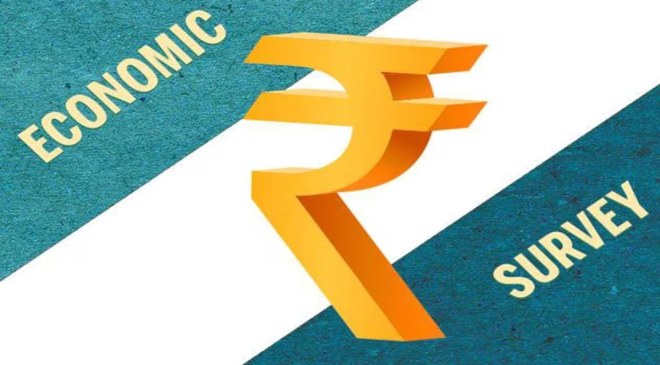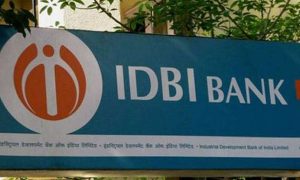While there may be no Economic Survey due to the election, the “Indian Economy – A Review” offers insights into India’s economic trajectory and prospects.
Read More:- SpiceJet gets over Rs 900 cr funding; to focus on fleet upgradation, cost-cutting measures
The Economic Survey is a comprehensive annual report analysing the performance of the Indian economy over the past year and offering insights into its prospects. It is typically presented by the Chief Economic Advisor (CEA) in the lead-up to the Union Budget, providing a critical backdrop for the government’s financial plans.
However, India will not have a full-fledged budget on February 1, 2024. Instead, Finance Minister Nirmala Sitharaman will present an interim budget, also known as a vote-on-account.
Read More:- Zomato Payments gets RBI approval to operate as online payment aggregator
Why There Will Be No Economic Survey On January 31?
On February 1, 2024, Finance Minister Sitharaman will present an interim budget, not a full budget. Therefore, there will be no Economic Survey presented this year (2024) in India on January 31, but there is an alternative report available.
Reason for no Economic Survey:
Election year: 2024 is an election year in India. Presenting the usual Economic Survey, a document analysing the past year’s performance and future outlook, could get politicised due to the potential change in government after the elections. This could disrupt the smooth functioning of the regular Budget process, which typically follows the survey presentation.
Read More:- Forex Update: India’s Foreign Exchange Reserves Fall $2.79 Billion to $616.14 Billion
While there may be no official Economic Survey this year due to the election context, the “Indian Economy – A Review” offers valuable insights into the country’s economic trajectory and prospects. Prepared by the office of CEA V Anantha Nageswaran, the report provides insights into the economic outlook for the upcoming years.
Indian Economy – A Review
Instead of the Economic Survey, the government has released a report titled “Indian Economy – A Review.” This document analyses the past 10 years of the Indian economy and provides insights into its prospects. However, it is explicitly mentioned that this report does not replace the official Economic Survey, which is expected to be presented after the general elections and the formation of the new government.
Read More:- Zee’s Legal Play, Reaches NCLT To Enforce Merger, Sony Confident On India Growth Without Deal
Key Points of Indian Economy – A Review
- It says India will become a $5 trillion economy in the next 3 years and could reach $7 trillion by 2030.
- Focuses on structural reforms undertaken in the past decade and emphasises their positive impact.
- Offers a cautious outlook on future growth and inflation, acknowledging global uncertainties and challenges.
Read More:- Punjab National Bank logs 253 jump in net profit in Q3FY24
Check some of the top takeaways from the review;
- India is poised to surpass a GDP growth rate of 7.2% in FY24, outpacing the global economy’s struggle to achieve a growth rate exceeding 3%.
- For the third consecutive year, the Indian economy is set to achieve a growth rate exceeding 7%.
- Over the past decade, a rise in public sector investment, a robust financial sector, and substantial non-food credit growth have facilitated the moderate growth of the Indian economy.
- After the USA and the UK, India holds the position of the third-largest fintech economy globally.
- Surpassing Hong Kong, India has ascended to the rank of the fourth-largest stock market worldwide. This achievement is attributed to the interest shown by both domestic and global investors, along with consistent IPO activity.
- The PM Jan Dhan Yojana has contributed to a rise in the percentage of women holding bank accounts, increasing from 53% in 2015-16 to 78.6% in 2019-21.
- The female labour force participation rate (LFPR) has surged from 23.3% in 2017-18 to 37% in 2022–23. Additionally, initiatives like the Skill India Mission, Start-Up India, and Stand-Up India are contributing to the increasing involvement of women in human capital formation.
- The Gross Enrolment Ratio (GER) for females in higher education has seen a fourfold increase, rising from 6.7% in FY01 to 27.9% in FY21. Moreover, the overall GER has more than doubled, moving from 24.5% to 58.2% between FY05 and FY22.
- The report indicates that MSMEs are experiencing heightened dynamism, thanks to the government’s supportive measures.
- The implementation of the Goods and Services Tax (GST), coupled with the integration of domestic markets and heightened incentives for production, has improved economic efficiency and consequently lowered logistics costs.



































